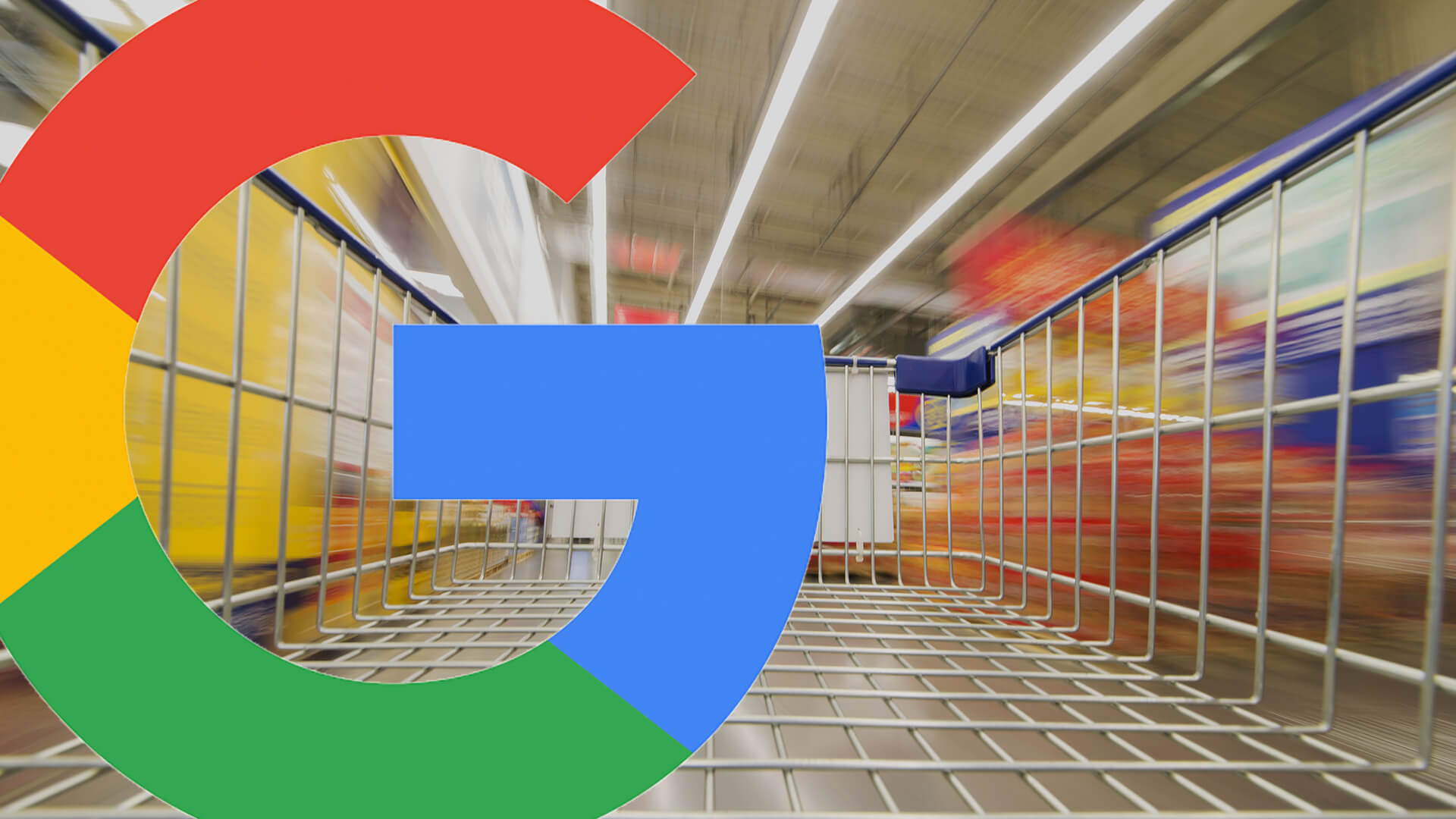Sharing is caring: Click share and post-holiday shopping success
Click share is a crucial metric that can help you improve Shopping campaigns. Columnist and Googler Matt Lawson explains what it is and how to improve it.

Click share is a key way to gauge the success of your Shopping campaigns. The metric shows you the percentage of total possible clicks you are receiving with your Shopping ads. If you aren’t reviewing this metric on a regular basis, 2017 is officially the time to start the habit.
Incorporate click share into your daily optimizations
Click share can be an incredibly useful metric because it delivers the type of insight that you’re used to receiving from average position in your Search campaigns. Shopping ads can take a lot of different forms, which means that we can’t calculate an average position in the same way as we can for Search ads. Enter click share for Shopping.
By regularly reviewing this metric on your product group tab, you can see how well you’re doing at driving traffic to your site for high-value shoppers. You should use it in concert with impression share.
Impression share tells you how you’re doing at getting your items in front of shoppers looking for your products, while click share tells you how effective you are in winning those shoppers that see your products. A 100 percent impression share, while great, might not reveal anything about your true potential. Here’s one of my favorite sayings from business school:
30 percent of 40 percent is greater than 10 percent of 100 percent.
It’s possible to underperform even with a 100 percent impression share because it doesn’t reflect whether those shoppers chose to visit your site. That’s why click share is such a crucial metric to monitor. And once you’ve started to monitor it, what can you do with it? Why, increase it.
How to increase your click share
There are a few ways to do this. It’s a similar process to Search ads. Exactly like you work to improve your average position, you can take steps to increase your click share for Shopping ads:
1. Increase your bids
An increased bid is often the most effective way to be more competitive in the auction. Review your click share by individual product groups. If there are certain product groups that you want to drive more clicks, look at your bids and increase them where it makes sense.
It’s always a tricky balance between volume and return to maximize profitability. Increasing bids to grow your click share will increase volume — just make sure never to bid beyond the point of profitability. Check out the Bid Simulator to see your potential.
2. Increase the quality and relevance of your ads (which means ‘product data’ in this case)
Your product data is what we use to create your Shopping ad. Take a look through your search terms and see if your product title and description text aligns with the most common user searches. Put the most important details first in your product title, like size, color or brand. Increasing the relevance of your ads can help your ads get better placements and more clicks.
It’s also crucial to use high-quality images for your products. With higher screen resolutions in current smartphones, a high-quality image can be the difference when showing up alongside other competing ads.
3. Opt into the different enhancements for your ads
There are a couple of ways to make your ads even more appealing on the results page. For example, Merchant Promotions allows you to distribute your online promotions with your Shopping ads, including discounts, free gifts and “buy more save more” promotions. You can even add different codes for people to redeem. Product ratings can build trust right on the results page while qualifying customers as they click to your site.
You can use each of these three methods to create better ads that have a better shot at driving interested customers to a purchase.
Going beyond click share
Click share is super-important, and hopefully, now you have taken that to heart. It’s not the only way to take advantage of whatever search volume you’re seeing, though.
Some holiday-friendly strategies still work in non-holiday months. Strategic, time-specific campaigns let you make more specific decisions about your bidding and budgeting. Custom labels can be great for product groups that have peak seasons. If you label them, the stuff that’s currently in season (or that’s about to be in season) can get the attention it deserves. And remember to keep an eye on product status insights to keep items approved.
Conclusion
Click and impression share are liable to change over time based on user search behavior and auction dynamics. Be sure that you aren’t losing click share to your competitors by checking in regularly.
Make click share a part of your regimen for Shopping optimizations. By combining this metric with the insights you’re already getting from impression share, you can understand both how you’re doing in the auction and how you’re doing on the results page itself.
Contributing authors are invited to create content for Search Engine Land and are chosen for their expertise and contribution to the search community. Our contributors work under the oversight of the editorial staff and contributions are checked for quality and relevance to our readers. The opinions they express are their own.
Related stories
New on Search Engine Land